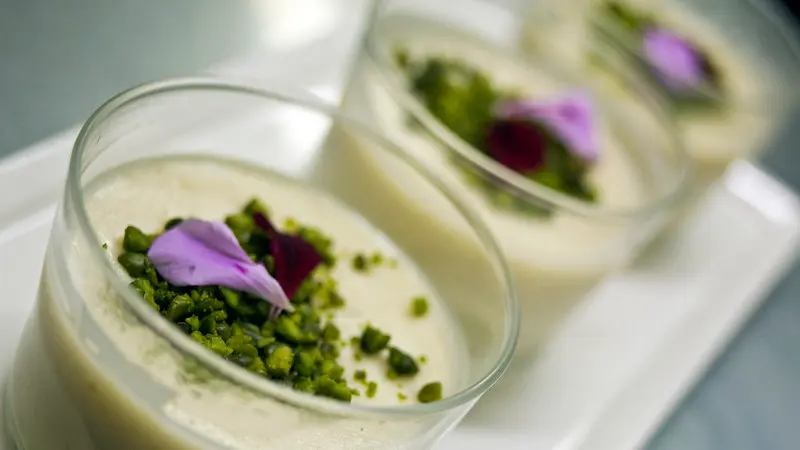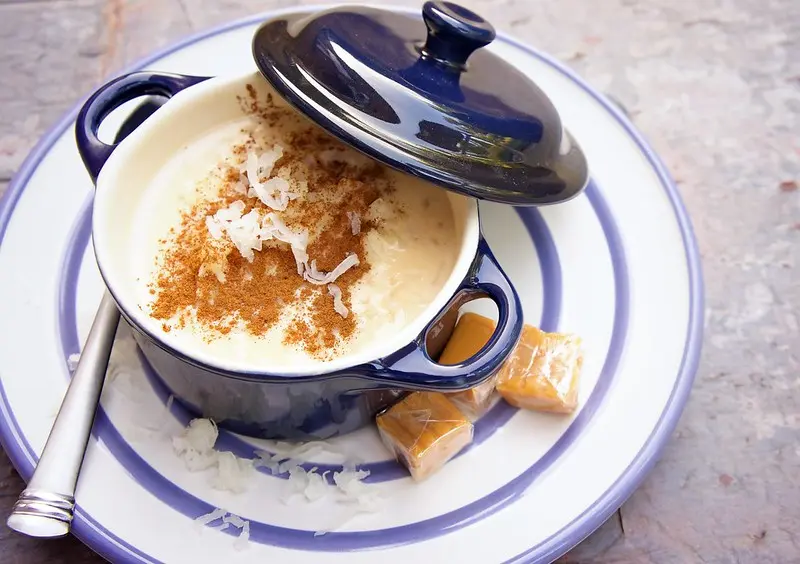Rice Pudding: A Summary
One of the world’s most ancient desserts, rice pudding has existed in many cultures as far back as 6000 BC. For many Asian countries, it was a staple dessert considering the prevalence of many different rice species that exist in the continent. Being a global dessert, historians have had difficulty pinpointing its exact origin, however theories have been made that it comes from Ancient India, seeing as how it’s a country with an extensive rice culture. The reasoning behind this is that the Ancient Indian diet heavily included rice as a part of Ayurveda, a more than 5,000-year-old health and lifestyle system emphasizing good health and prevention of illness. The earliest rice puddings were similar to but not exactly like the dessert consumed today. Early Indian rice puddings, also called kheer, substituted rice for sorghum. This is seen as the starting point for rice puddings today.
During the height of the Silk Road as imports from Asia increased, Europe started consuming rice pudding as well. In 1300s Europe, rice pudding lacked the sweet element of the dish and was a savory dish instead with broth, almond milk, and saffron. It was seen as an elite food since rice nor saffron were native to Europe and costly to get a hold of. Through globalization, the import of rice grew, and it slowly became a common ingredient around the world. As it spread across the world, different cultures put their own unique spin to the humble rice pudding recipe to better suit their palate. Today, almost every country has its own variations utilizing regional spices and ingredients.

This overlooked dessert connects many cultures around the world, with many variations to be found in taste profile and cooking methods. It's an easy, forgiving dish that allows room for mistakes and customization. The most essential ingredients and tools are rice, milk, sugar, and a small pot. Depending on individual taste, different toppings can be added such as fresh fruit, whipped cream, or chocolate. During the actual cooking process, different warm spices like nutmeg, cinnamon, and cardamom are commonly put in for added depth of flavor and aroma.
In East and Southeast Asia, short grain, glutinous rice is used with more minimal flavorings and coconut milk in their rice puddings. Regional fruits such as pineapple and bananas may be used as toppings. Latin America and the Caribbean recipes utilize citrus fruits, raisins, and warm spices. Cinnamon, star anise, cumin, and allspice are used for a layer of depth and aroma and cut with citrus zest for a balanced flavor.

In the Middle East, Central and South Asia, and North Africa, long grain rice is most commonly used. The spices and flavorings that are particular to this region's many rice puddings are cinnamon, rosewater, and cardamom. Some variations can also be served cold, making it a refreshing dessert during hot weather.
This humble dessert holds deep cultural value around the world and showcases countries’ flavor profiles. In Iraq, date syrup is commonly used for a unique flare. In Iran, there is a variation of rice pudding with saffron and pistachios that doesn't include milk to show the saffron's colour. During Chinese New Year, a type of rice pudding called ‘ba bao fan’ includes red bean paste, lard, fruits, and nuts. For adults, many Latin American and Caribbean variations add rum for a little kick, adding to the heat already given by warming spices. Although rice pudding is a humble dessert, there are different variations that are more elevated to bring this dessert to the next level.